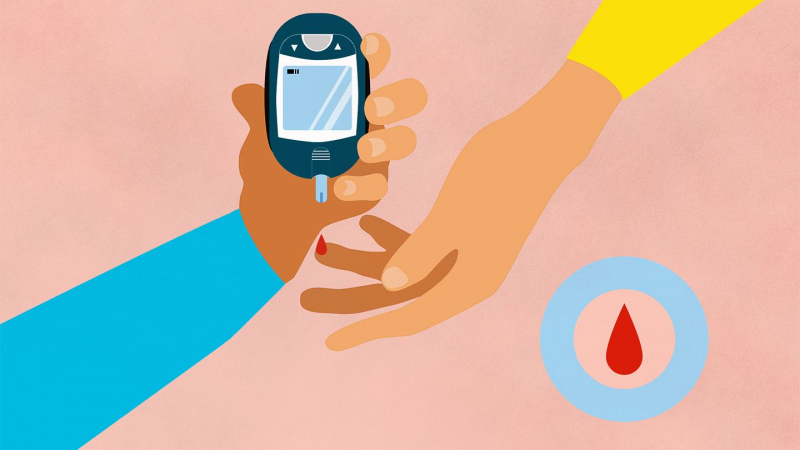Downsides

Top 3 in Top 7 Things to Know About Farxiga
If you are between the ages of 18 and 60, do not take any other medications, and have no other medical conditions, you are more likely to experience the following side effects:
- Low blood sugar levels, low blood pressure (especially when starting Farxiga), genital and urinary tract infections, a congested nose, back pain, increased urination, nausea, and high cholesterol are all common Farxiga side effects.
- Patients with mild-to-moderate kidney disease have an increased risk of bone fracture.
- Farxiga is not recommended for people with type 1 diabetes or for the treatment of diabetic ketoacidosis.
- Farxiga increases urination, which can result in dehydration or a drop in blood pressure. Before starting Farxiga, any dehydration or volume depletion should be corrected. Those with volume depletion, seniors with kidney disease, or those who use diuretics are more vulnerable.
- Individuals with an eGFR less than 30 mL/min/1.73m2 who are being treated for glycemic control without established CV disease or multiple CV risk factors are contraindicated. Low blood pressure, bone fractures, and acute kidney injury are more common in people with an eGFR of 30-60 mL/min/1.73m2. Dehydration, taking certain medications, such as NSAIDs, ACE inhibitors, ARBs, or diuretics, or having a low-calorie intake may increase the risk. Recent research has shown that Farxiga when given to people with CKD, can reduce the risk of renal function worsening, end-stage kidney disease, and cardiovascular or renal death.
- Because it is not expected to be effective in these populations, it is not recommended for the treatment of CKD caused by polycystic kidney disease or in people who have previously received immunosuppressive therapy for kidney disease.
- Farxiga has been linked to an increased risk of diabetic ketoacidosis (a severe lack of insulin), which can be fatal.
- This could be due to severe metabolic acidosis. If this occurs, treatment for ketoacidosis should be initiated immediately, and Farxiga should be discontinued. Those with pancreatic insulin deficiency, on a calorie-restricted diet, or who consume an excessive amount of alcohol are more vulnerable. It should be noted that the presenting blood glucose levels were lower than those seen with diabetic ketoacidosis (often less than 250 mg/dL).
- Farxiga treatment increases the risk of urinary tract infections, genital fungal infections, and a rare necrotizing infection called necrotizing fasciitis of the perineum (Fournier's gangrene), which causes genital pain, tenderness, redness, and swelling.
- Farxiga treatment may cause an increase in LDL cholesterol levels.
- Farxiga is not recommended during the second and third trimesters of pregnancy, and there is insufficient data to assess the risk during the first trimester. The risk of Farxiga use in the first trimester, however, should be balanced against the risk of uncontrolled diabetes in the fetus in terms of birth defects and miscarriage.
Seniors and children, people with certain medical conditions (such as liver or kidney problems, heart disease, diabetes, seizures), or people who take other medications are more likely to experience a broader range of side effects.







